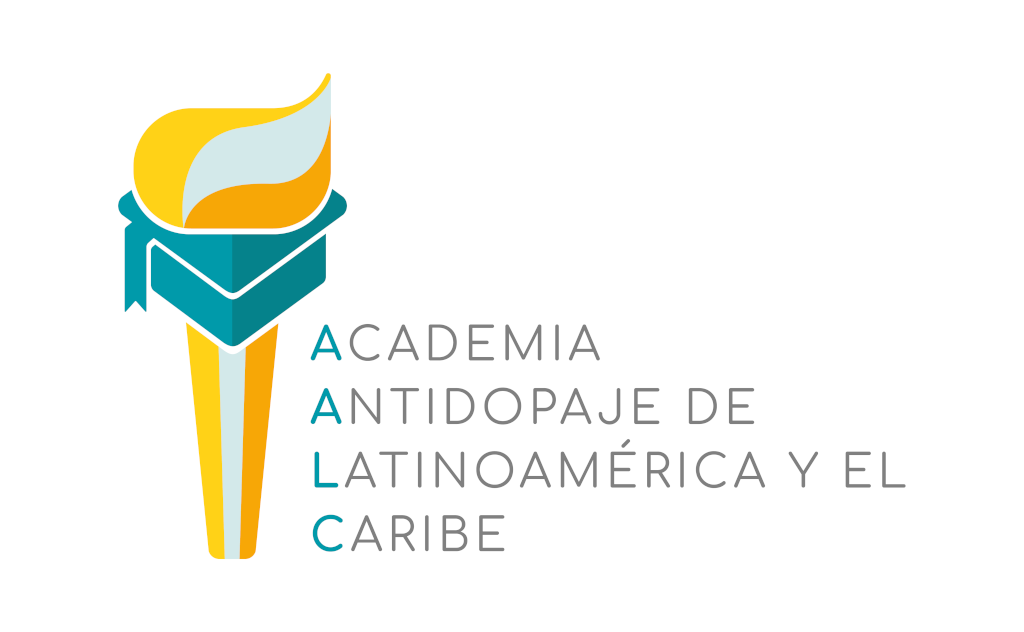- 4 Sections
- 24 Lessons
- 5 Days
- Module 1. Essential foundations for building an Anti-Doping Program¿Te has preguntado alguna vez por qué la educación en antidopaje es fundamental en el mundo del deporte? Te damos la bienvenida a esta lección, donde conocerás 4 temas de gran relevancia para la creación de un programa educativo antidopaje ¡Sigamos adelante!8
- 1.1Lesson 1. The importance of an anti-doping educational program
- 1.2Lesson 2. Education as a key to the anti-doping program
- 1.3Lesson 3. The athlete’s career
- 1.4Lesson 4. The Four Components of an Educational Program | First Themes
- 1.5Lesson 4. The Four Components of an Educational Program | Second Themes
- 1.6Lesson 4. The Four Components of an Educational Program | Third Themes
- 1.7Evaluation | Module 1
- 1.8Module 1 Evaluation15 Minutes6 Questions
- Module 2. Designing for clean sport: Planning an educational programBefore beginning to create an educational program, it is necessary to conduct a self-assessment to determine the best way to create an educational program, always considering specific needs.14
- 2.1Designing for clean sport: Planning an educational program
- 2.2Lesson 1. Diagnosis: evaluation of the current situation
- 2.3Task 1. Making a Diagnosis30 Minutes
- 2.4Lesson 2. Establishment of common education group
- 2.5Task 2. Establishing my Education Groups.30 Minutes
- 2.6Lesson 3. Design and development of the Educational Plan | Evaluation and Global Goals
- 2.7Tarsk 3. Assessing Needs and Creating my Overall Goal.60 Minutes
- 2.8Lesson 3. Design and Development of the Educational Plan | Themes and Objectives
- 2.9Task 4. Defining Program Objectives and Themes.2 Hours
- 2.10Lesson 3. Design and Development of the Educational Plan | Learning Objectives and Planning
- 2.11Task 5. Learning Objectives and Educational Activities.2 Hours
- 2.12Lesson 3. Design and Development of the Educational Plan | Consignment and Procedures
- 2.13Task 6: Establishing Monitoring and Evaluation Procedures3 Hours
- 2.14Lesson 3. Design and Development of the Educational Plan | Share with interested parties
- Module 3. The Implementation of the anti-doping educational programIn this module, we will talk about the elements to take into account when designing the learning experience, about how people learn and what helps or hinders the learning process.7
- 3.0The Implementation of the Anti-Doping Educational Program.
- 3.1Lesson 1. Design of the Learning Experience.
- 3.2Lesson 2. Value-based education
- 3.3Lesson 3. How to implement the 4 components in the athlete’s career.
- 3.4Lesson 4. Session Plan Creation
- 3.5Evaluation Module 3 | Knowledge Quiz10 Questions
- 3.6Evaluation Module 3 | Knowledge Quiz
- Module 4: Supervision and evaluation of the anti-doping educational programIn this module, we'll talk about the data you can collect to measure whether your program is meeting its objective or whether any part of it needs to be restructured.4
Lesson 2. Value-based education
We welcome you to this lesson. Previously, we have discussed values-based education as one of the four components necessary in creating an anti-doping educational program.
Due to the importance of this topic, in this lesson we will talk about how to implement values-based education through educational activities and games that you can implement during your program.
Let’s go there!
Now you know some activity options that you can implement during your course. The more values-based education is taught at all stages of the athlete’s journey, the more likely it is that values will affect athletes’ decision-making and resulting behavior.
Consider providing education to the PAD about the values it shares with athletes. It is important that the PAD harmonizes its messages with the values that they promote during the course, since they are often the ones that influence athletes the most.
Also consider the possibility of involving stakeholders, especially
To those who interact with or create policies for target groups; organizations, governments and professional associations (for the PAD) or National Federations (NF).
Very good!
You are now ready to move on to Lesson number 3.
